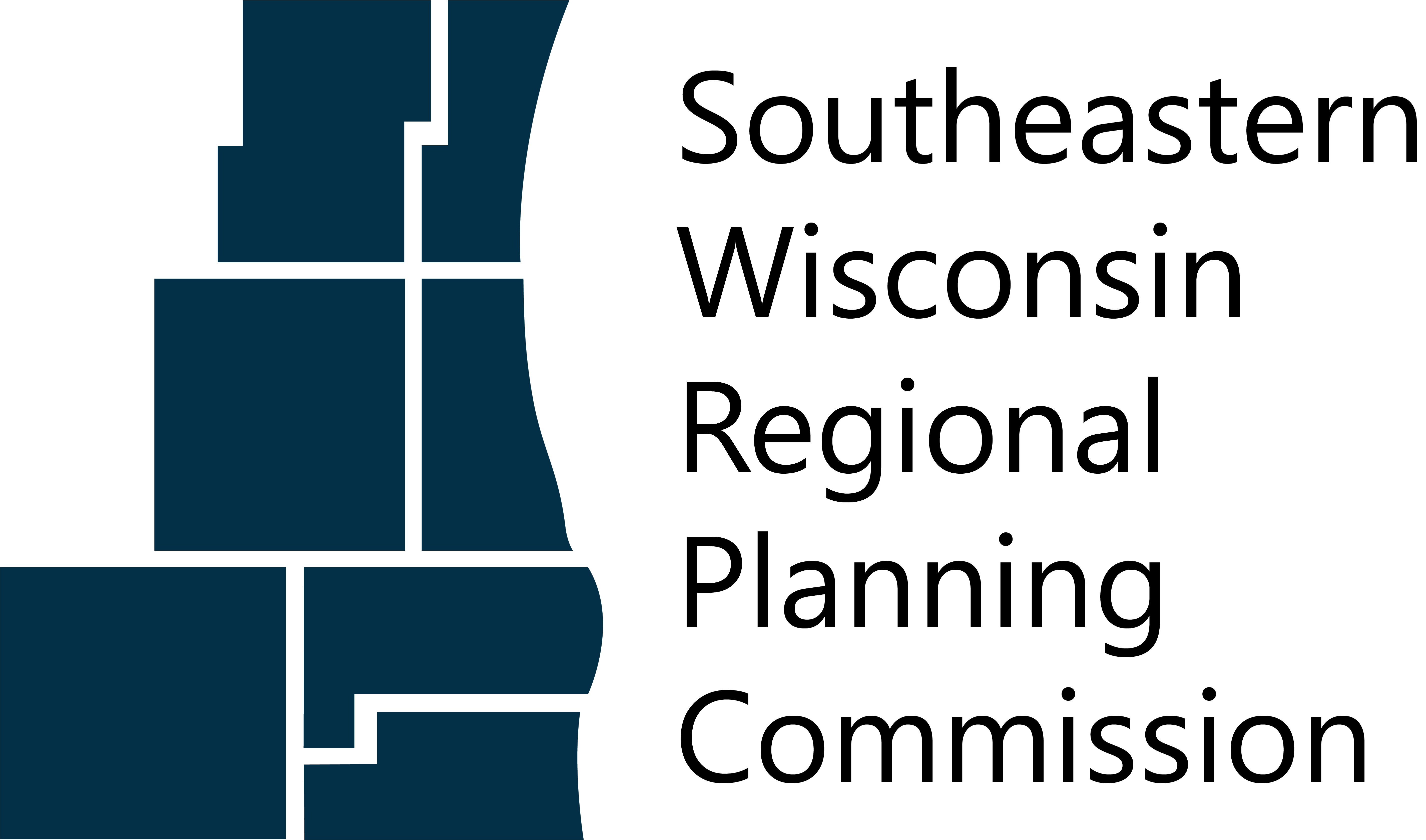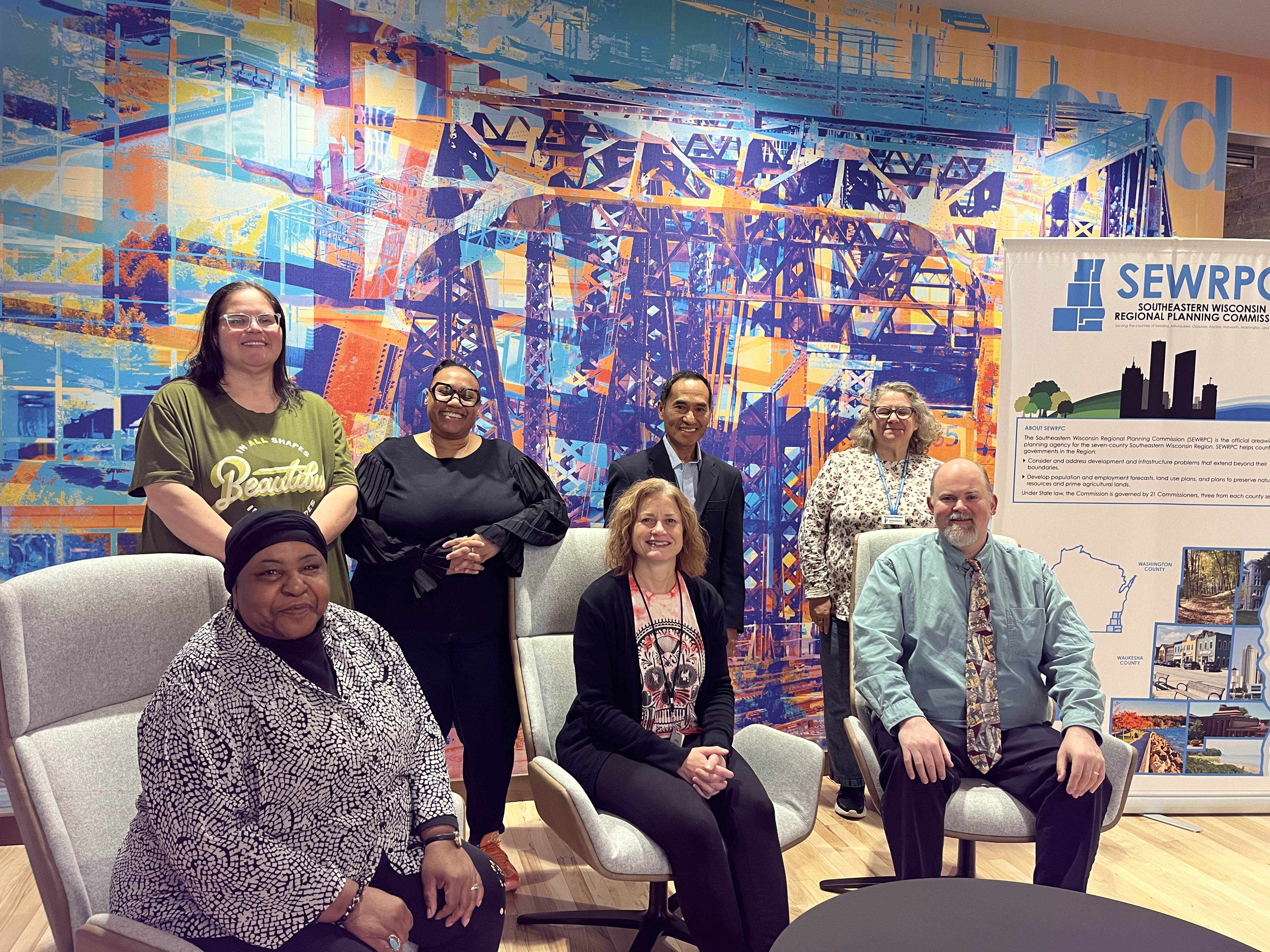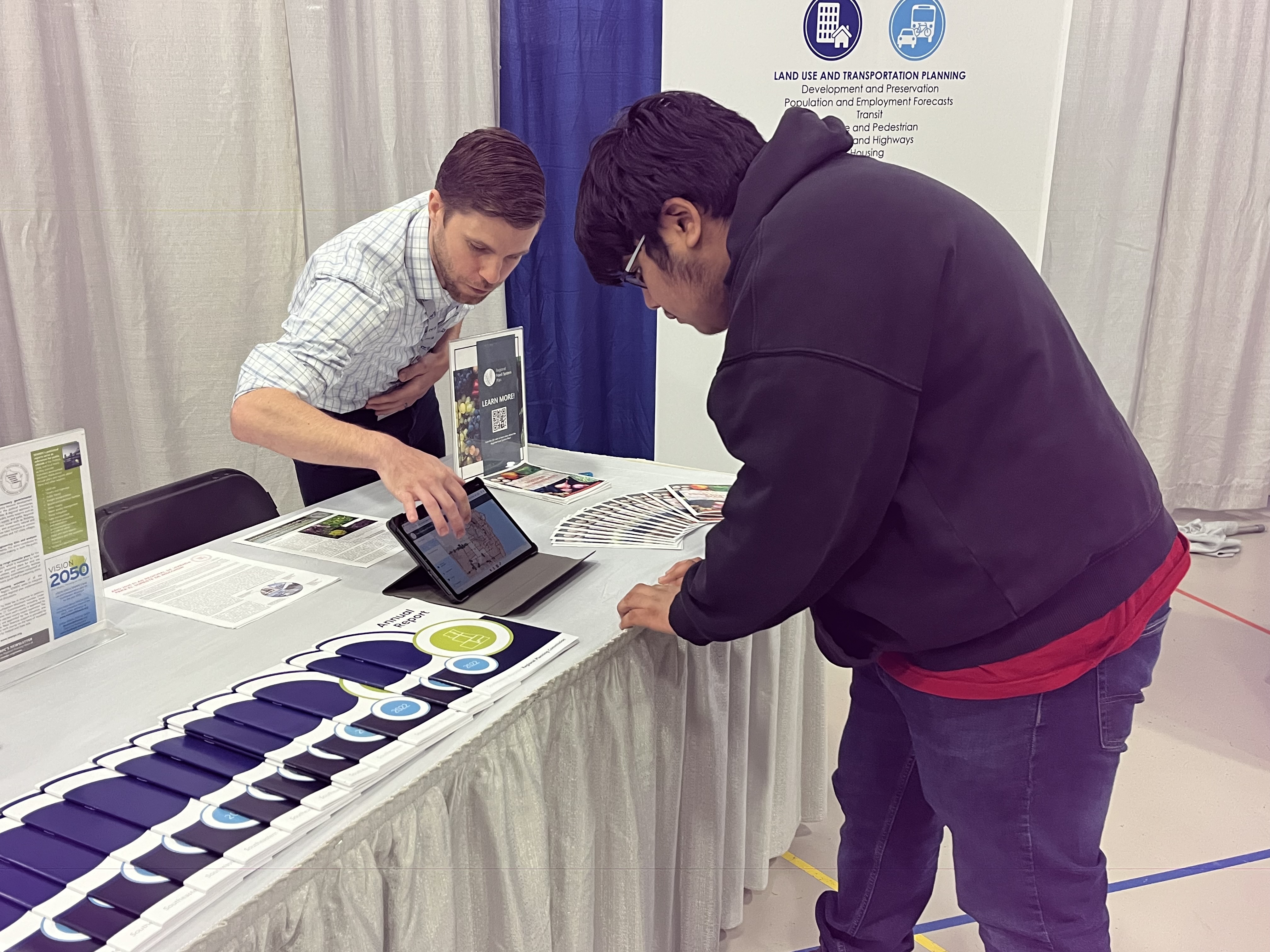The nine Community Partners include:
- Common Ground (not shown in photo)
- Ethnic and Diverse Business Coalition
- Hmong American Friendship Association
- Independence First
- Greater Milwaukee Urban League (not shown in photo)
- Renew Environmental Public Health Advocates
- Southside Organizing Center
- Urban Economic Development Association of Wisconsin
- Urban League of Racine and Kenosha (not shown in photo)


